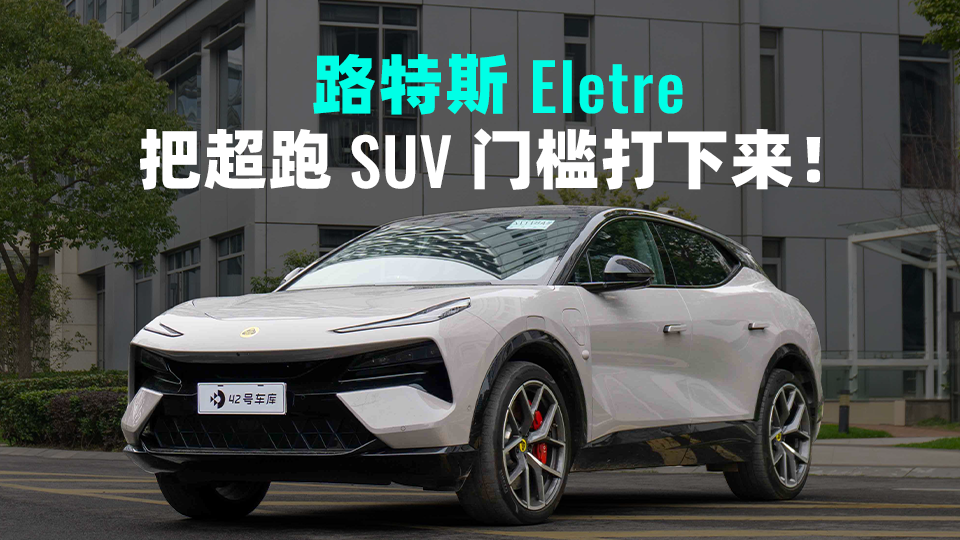In 2002, to tackle the crisis, Porsche launched the first generation of Cayenne, hailed as the 911 in the SUV world. The subsequent booming sales not only helped Porsche recover from the crisis, but also made it the benchmark of super-luxury sports SUVs.

Over the following 20 years, major luxury brands have launched SUV products to boost sales and meet market demand.
In 2016, Maserati released the Levante, followed by Lamborghini’s Urus in 2017 and Ferrari’s Purosangue in 2022. The introduction of these super luxury racing-level SUVs has made them available to the public eye.
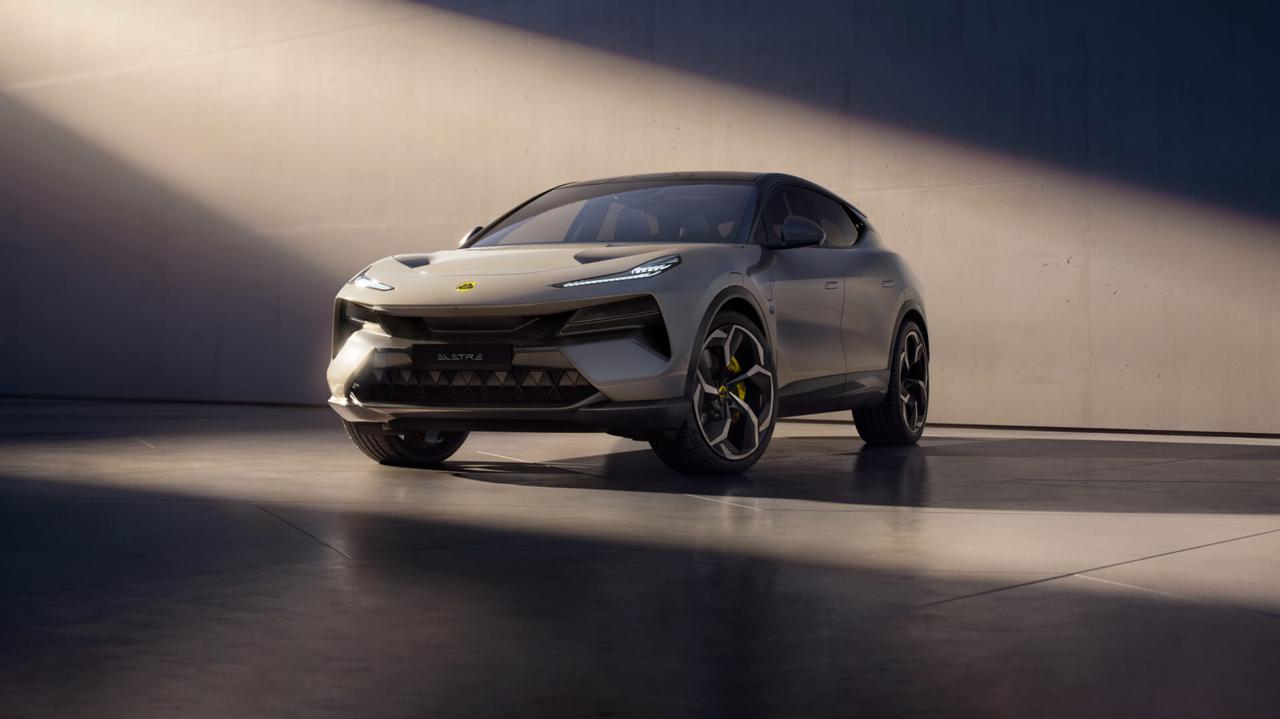
However, the aforementioned sports car brands still follow the route of high-displacement and multi-cylinder solutions, with one exception – Lotus. They have abandoned the fuel route and officially launched their first pure electric, supercar SUV Lotus Eletre on October 25th, 2022, with a price range of 828,000 to 1,028,000 yuan and the most powerful beast with 905 horsepower.
We were lucky enough to get our hands on an Eletre S+ version, which can run on the streets of Shanghai. For the experience, we will look at the exterior, cockpit, space, driving experience, and intelligent driving to see if the racing-level SUV brings a different feeling in daily use.
Exterior: Why does this car have so many holes?
When I first saw the Lotus Eletre in reality, especially at the Lotus Center, I thought Eletre was a very different member of the Lotus family. The appearance and size do not fit in with the lightweight figures of Exige, Evora and EMIRA displayed in the store.
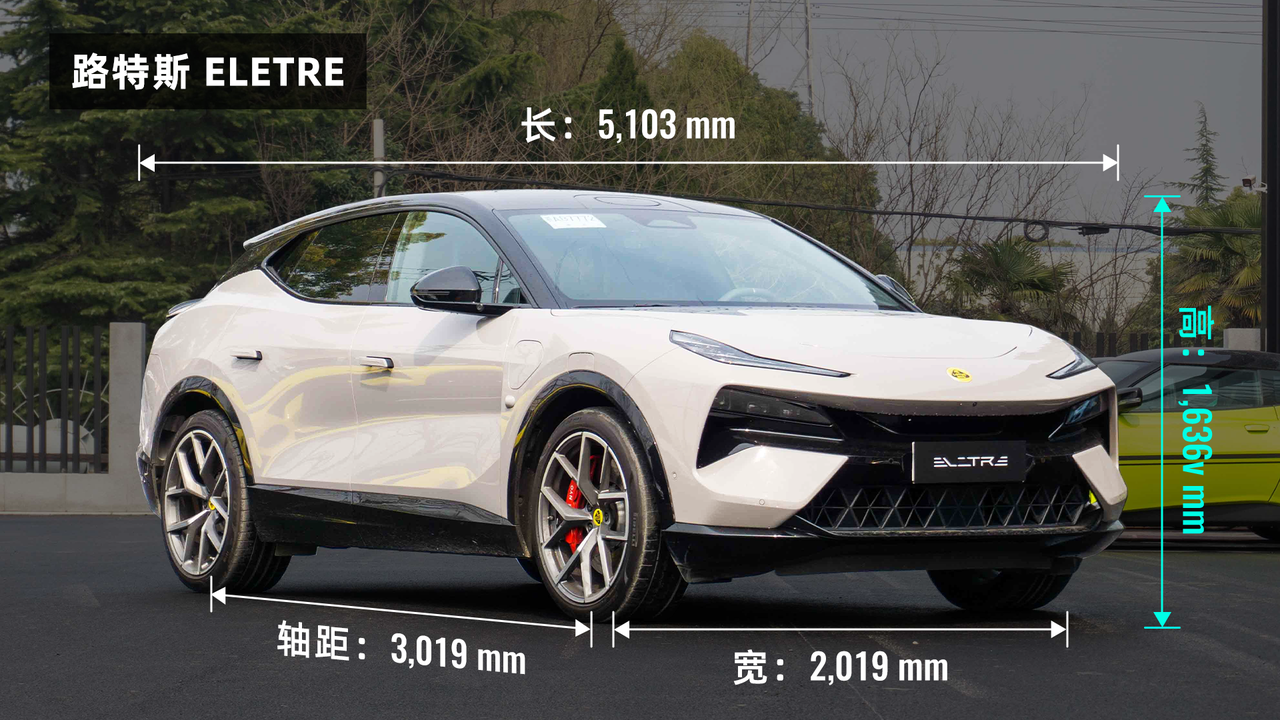
Compared to these lightweight sports cars, the Eletre is 5,103 mm long, 2,019 mm wide, 1,636 mm high, with a wheelbase of 3,019 mm, which is also seen as a standard medium-sized SUV.Following the Eletre, Lotus has created a new generation of family design language. Integrating half a century of aerodynamic technology into more modern pure electric vehicle models, Lotus once again demonstrates its proud aerodynamic design. Therefore, Lotus has made holes all over a good SUV, with up to 7 sets of air ducts to streamline the airflow and provide downforce for this big guy.
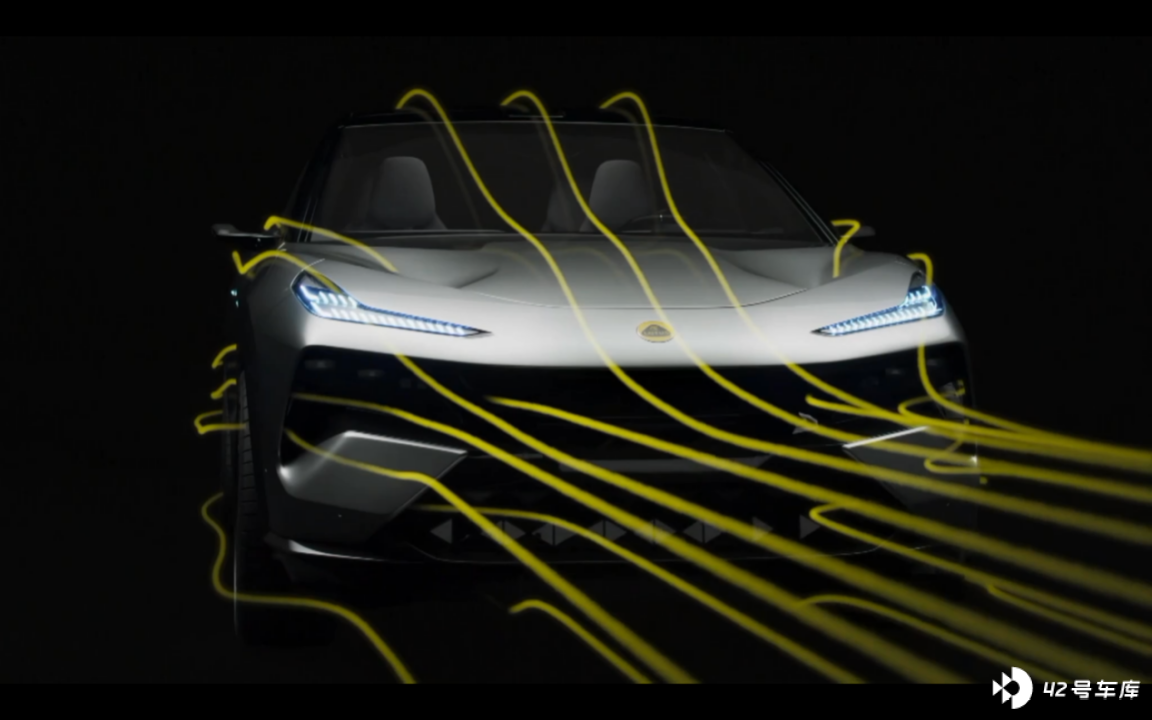
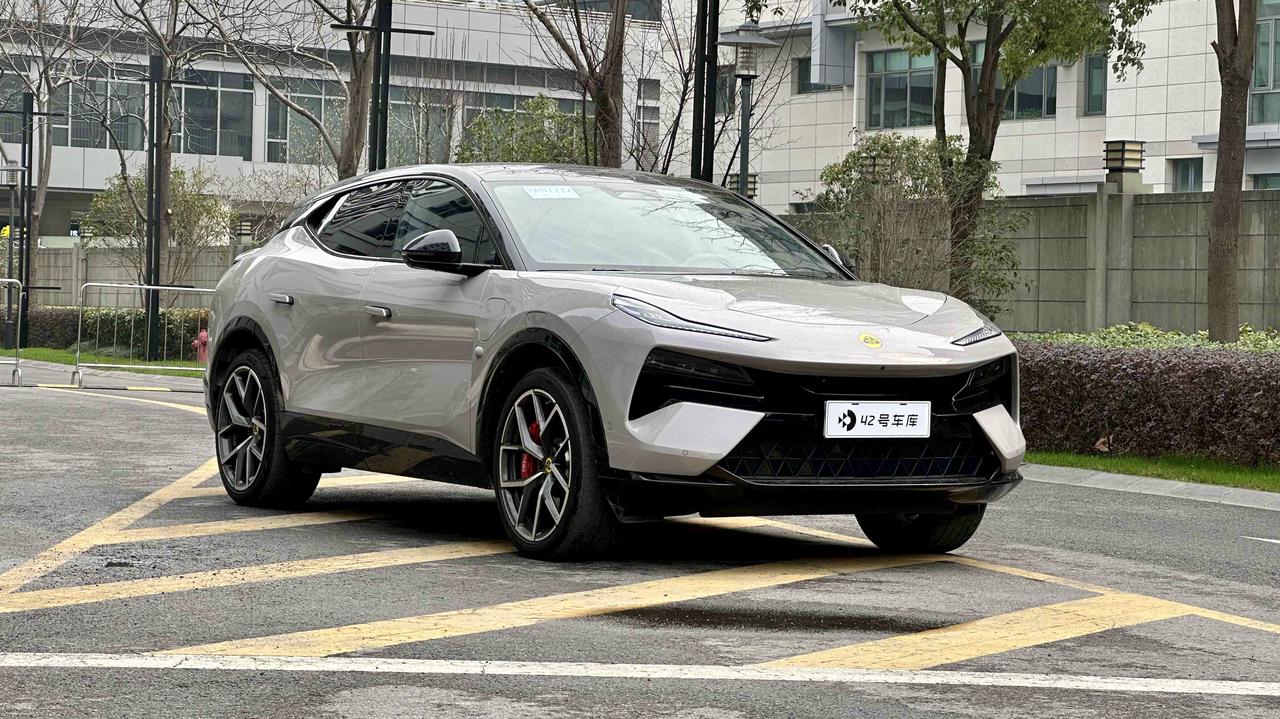
First, let’s look at the overall proportion. Eletre has a width-to-height ratio of 1.24 (the ratio of vehicle width to height). The larger this number, the more flattened and low the vehicle’s shape looks; from a performance perspective, the greater the wheelbase and the lower the center of gravity, the better the stability. This width-to-height ratio is also more exaggerated than traditional SUVs and is more closely related to the posture of sports cars.
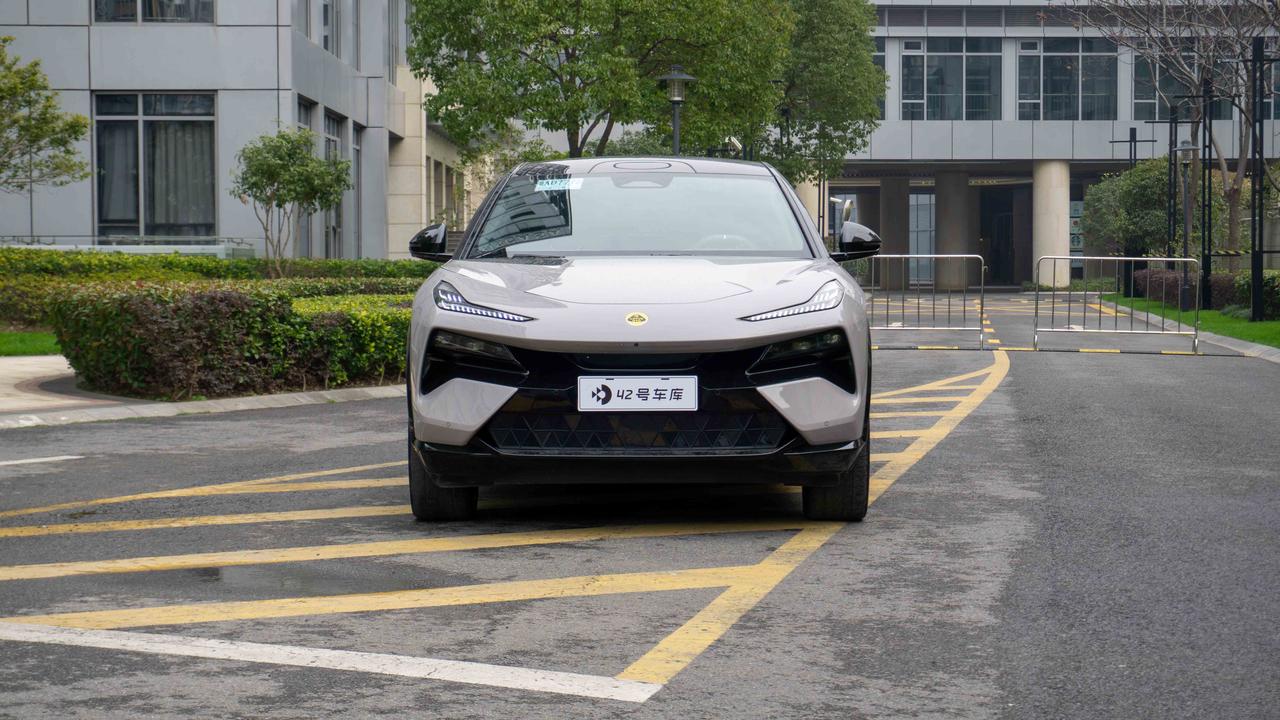
The front part of the car uses the popular split-type headlight design, and Eletre’s air duct and active intake grille are hidden on both sides and the bottom of the headlight.
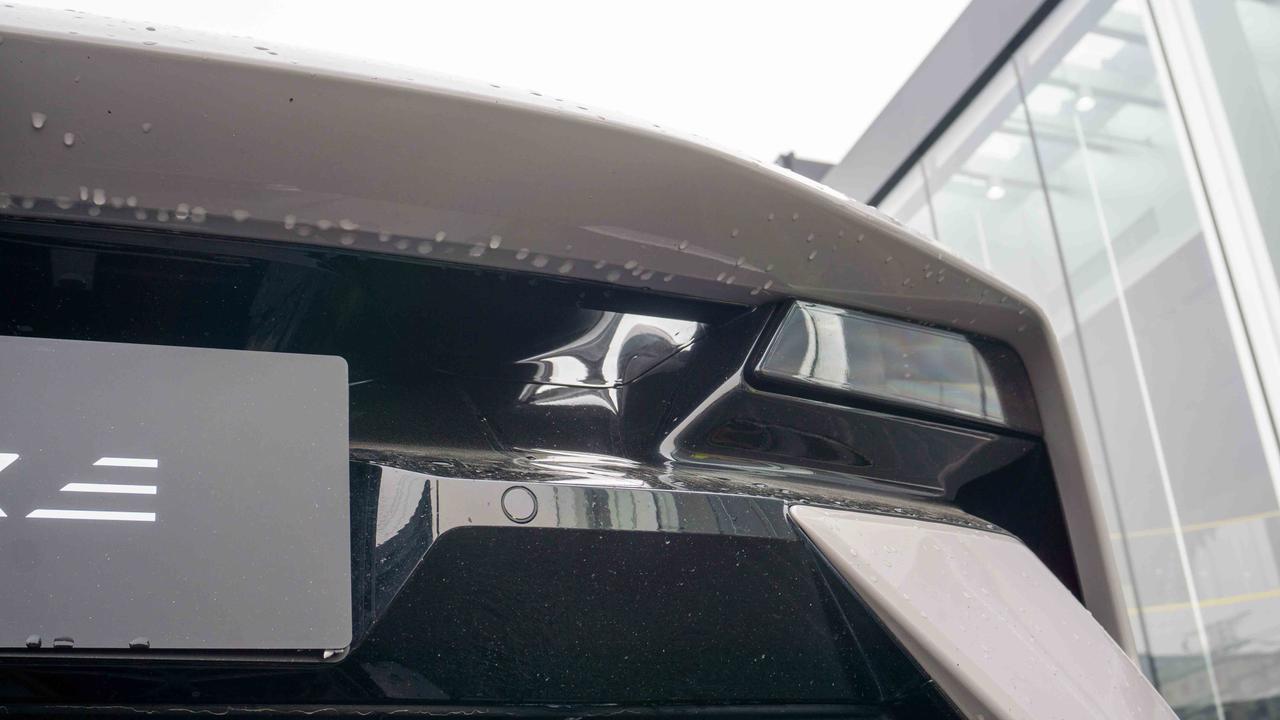
The multi-blade linkage active intake grille at the front bumper can form a lotus shape when opened. As expected, the grille helps the vehicle to dissipate heat when it is open; according to official sources, when the grille is closed, it can increase the vehicle’s range by 15 kilometers and downforce by 22.5 kg. This is the true function of the active intake grille on the Eletre.
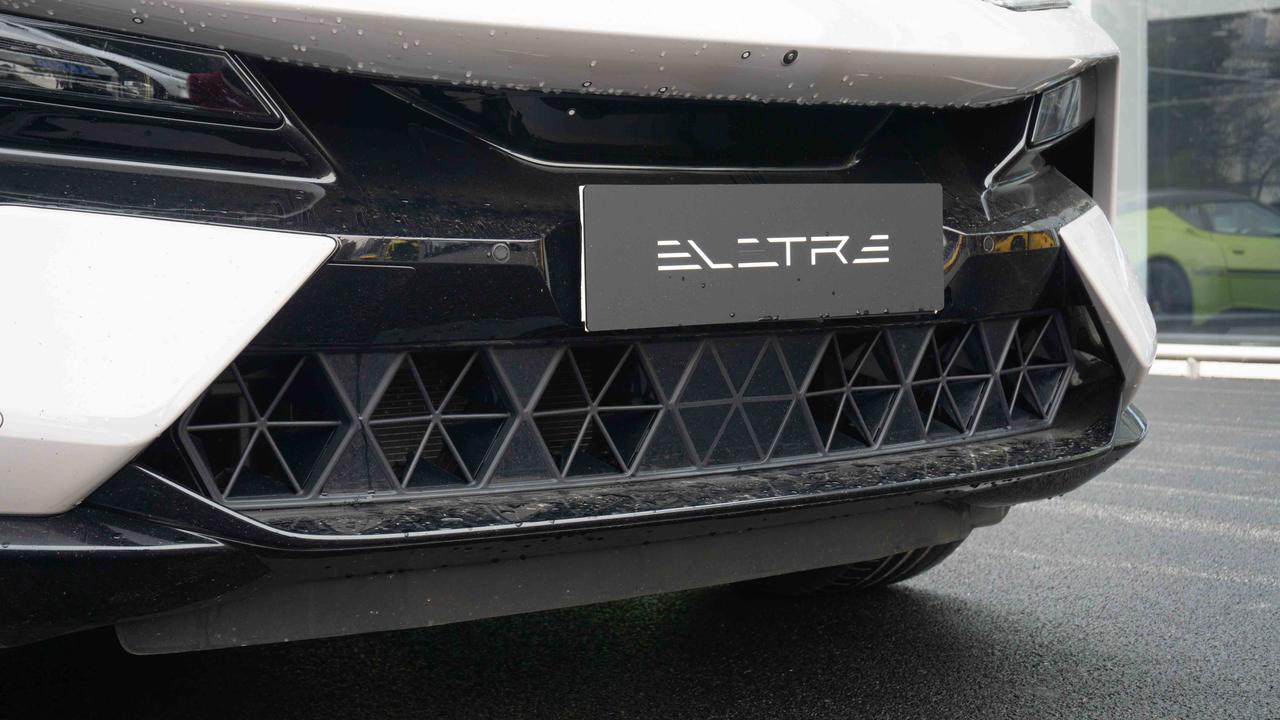
Looking from the side, the air duct under the headlight sends the oncoming airflow into the tires, rectifying the turbulence generated during high-speed collisions, and helping to dissipate heat from the tires.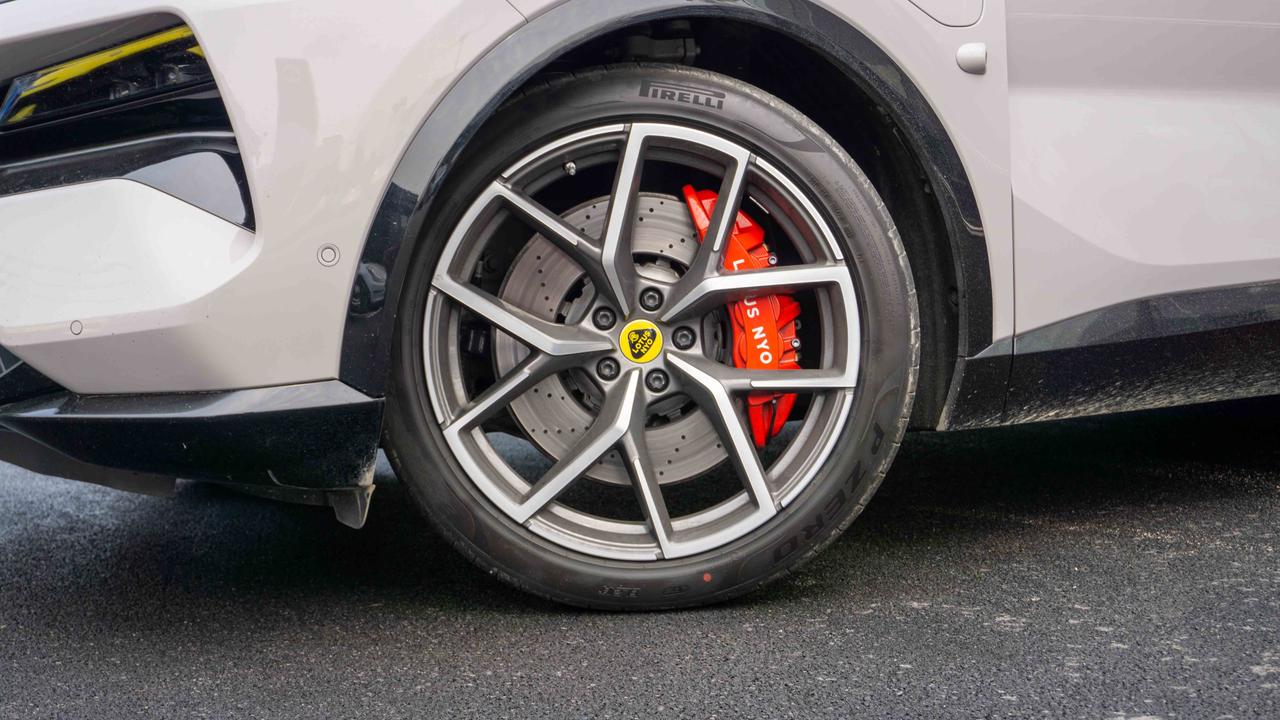
On the tire aspect, Lotus Eletre uses P-Zero Corsa tires from Pirelli, with specification of 275/40 R22 for the front and 315/35 R22 for the rear. This set of tires is an entry-level semi-slick tire that exhibits remarkable grip on the track after warming up. However, on urban roads, due to the lack of tire warming and enhancing grip, despite the use of such wide front and rear tire specifications, obvious slippage occurred during full acceleration on semi-dry surfaces, followed by ESP intervention.
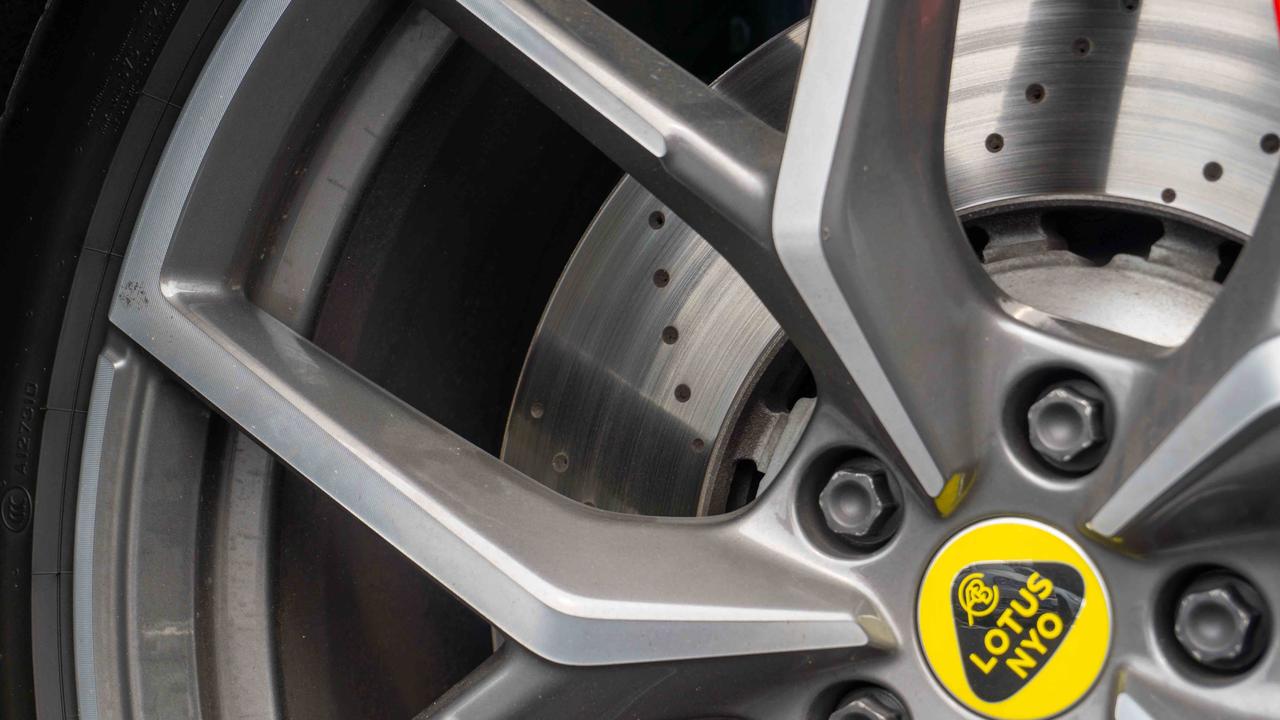
Behind the 22-inch forged aluminum alloy wheels are the front six-piston fixed calipers, which can be upgraded to ten-piston carbon-ceramic calipers. If there is a chance in the future, we will test the result of ten consecutive braking.
In order to ensure the vehicle’s drag coefficient of 0.26, Lotus Eletre is equipped with retractable LiDAR on both sides of the fenders and the roof, which can minimize the drag coefficient when not in use.

There are also double wings designed at the rear of the Lotus Eletre, with a split rear airfoil on the roof for rectification. The lower part also has an active wing that can provide up to 90 kg of downforce.
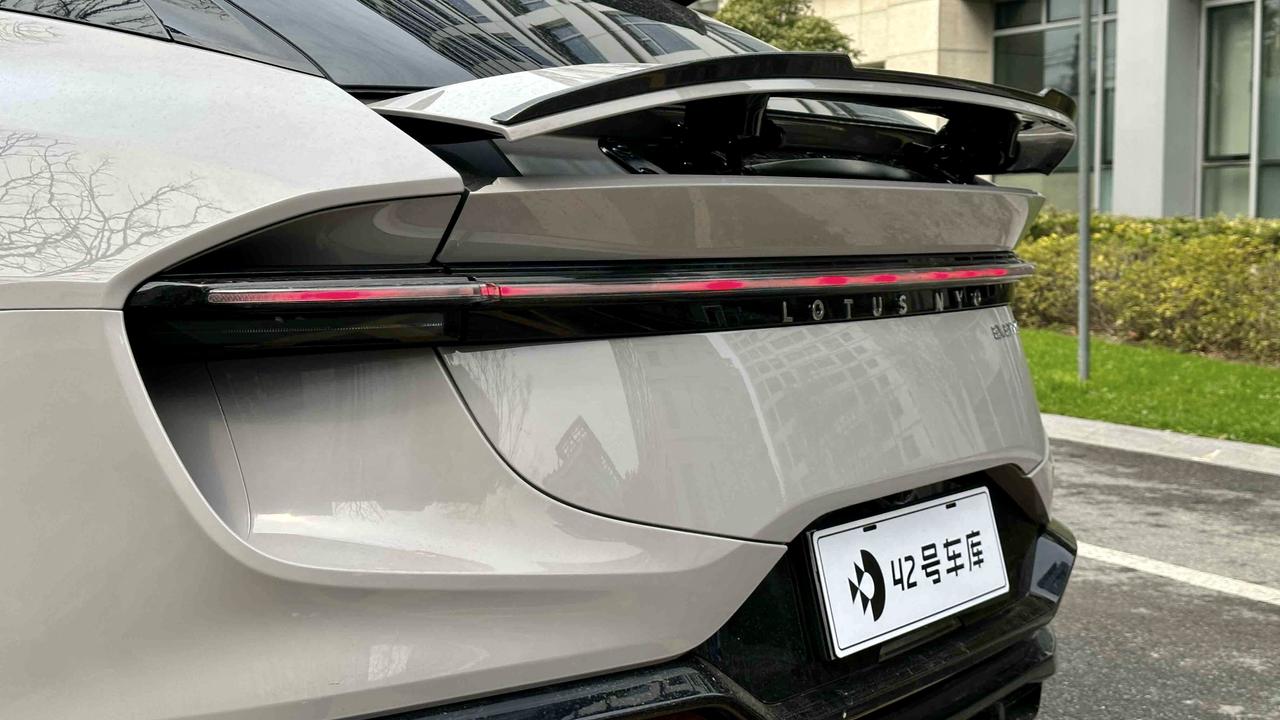
With such a finely tuned aerodynamic layout, the maximum net downforce of the Lotus Eletre can reach 90 kg. Of course, these are useful for the track. In actual road situations, we do not need so much downforce. Just based on the exterior of the Lotus Eletre, it can gain plenty of attention on the streets of any city.
Dynamic Driving: Speed is not the point, handling is.After admiring the appearance of the car, I didn’t have the patience to appreciate the interior. I just shifted gears and pressed the accelerator pedal to feel what a true racetrack-level SUV is.

On the city road, the power of the Lotus Eletre S+ we tested was more than enough. With two permanent magnet synchronous motors with a peak power of 225 kW in the front and rear respectively, the maximum total power is 450 kW, and the maximum peak torque is 710 N·m.
After stepping on the accelerator pedal, the acceleration response of the vehicle is very fast, and the official claimed acceleration time of 0-100 km/h is only 4.5 seconds. This acceleration score is not very extreme compared to pure electric vehicles with dual motors that can accelerate in about 3 seconds nowadays. However, due to the difference in gear ratio, the top speed of the Lotus Eletre can reach 258 km/h, and it can still provide a very powerful acceleration sensation even when the speed reaches 120 km/h.

If this power level is still not enough for you, there is also an R+ version with a peak power of 675 kW, which can accelerate from 0 to 100 km/h in just 2.95 seconds and has a top speed of 265 km/h. Whether it is the S+ or the R+, both power levels can provide sharp acceleration feeling in city driving.
Regarding the chassis hardware, the Lotus Eletre comes standard with an adaptive air suspension and CDC continuously adjustable shock absorbers. Just by getting your hands on the Eletre, the chassis feels like a sports car.
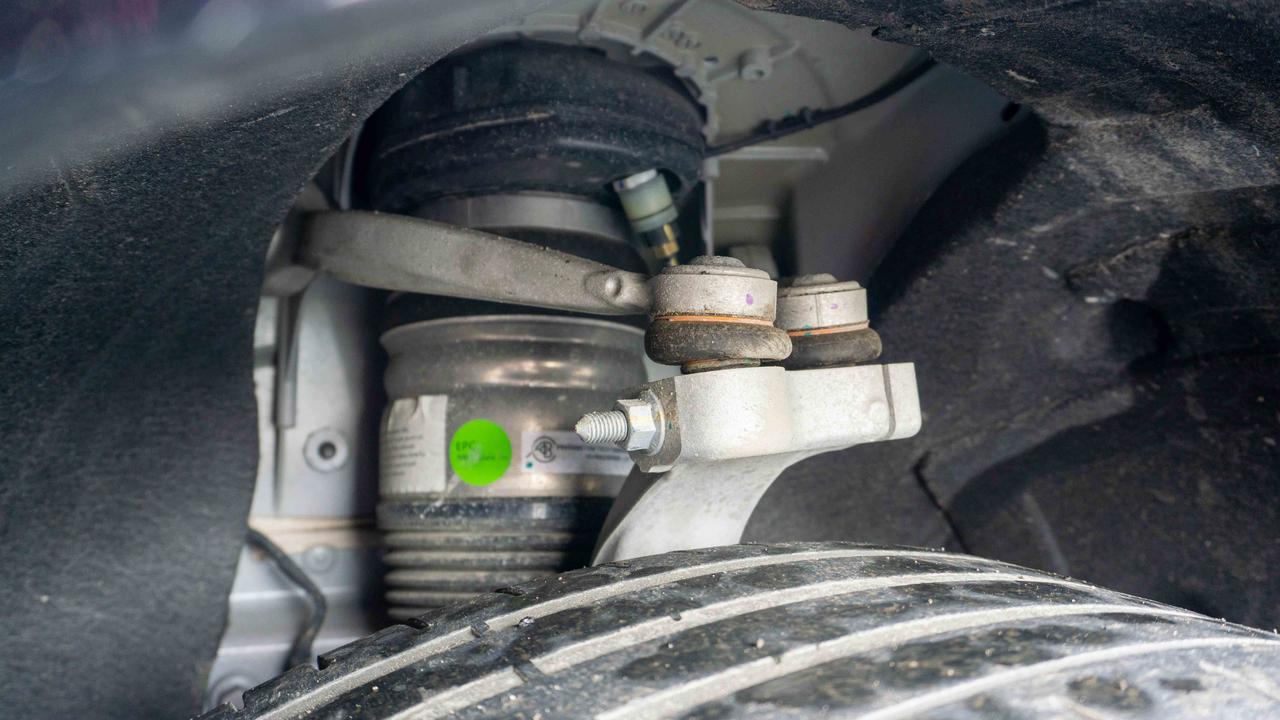
Even in comfort mode, the tilting of the steering is hardly noticeable, and the lateral support of the vehicle body is very good, making it feel like a high-performance sports car. The transfer of the center of gravity is quick and responsive.
Especially in changing lanes, the vehicle’s follow-up is excellent. Even on the highway, you can hardly feel that this is a mid-to-large-sized SUV with a length of 5.103 meters. Such lateral dynamic performance is very advantageous for intense driving, and you just want to keep weaving through traffic and pursue a sense of excitement holding the steering wheel.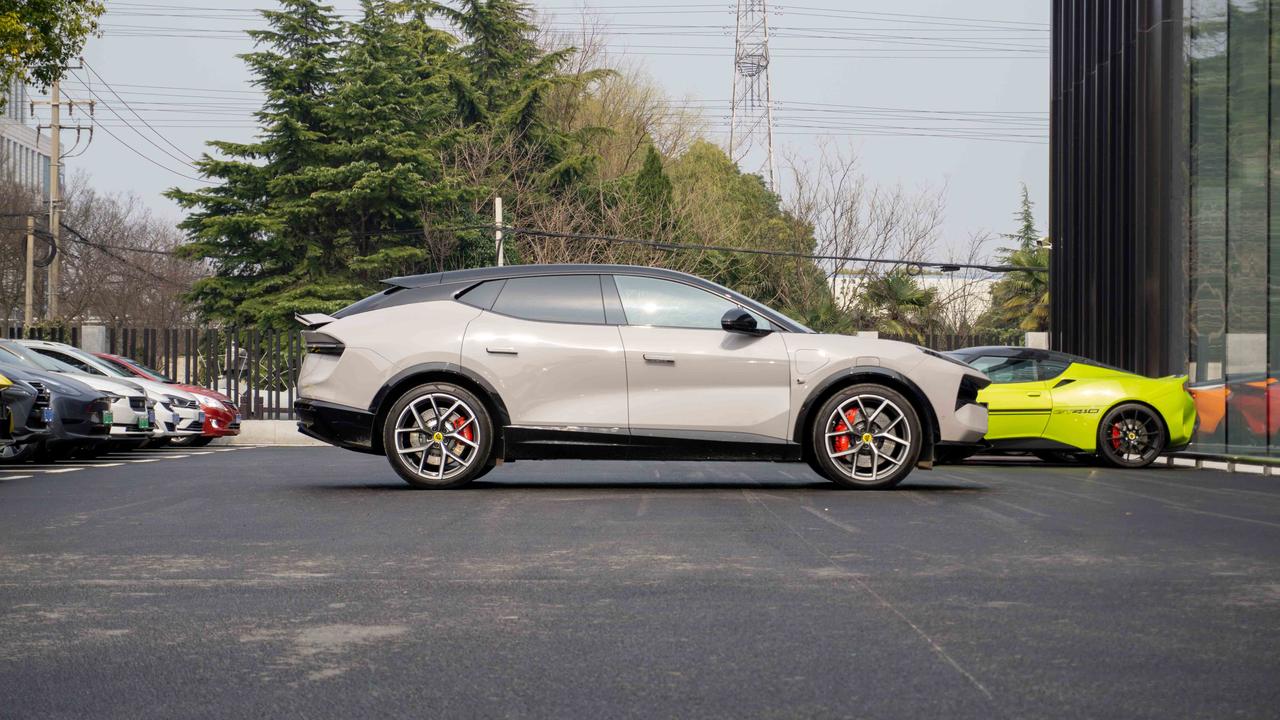
Such flexible dynamic performance is inseparable from the maximum 3.5-degree active rear-wheel steering. At high speeds, the rear wheel follows the front wheel steering, making the turning radius shorter and the vehicle more stable. At low speeds, the rear wheel and the front wheel form opposite steering. Therefore, the turning radius of the Lotus Eletre is very small, almost as flexible as a compact SUV.
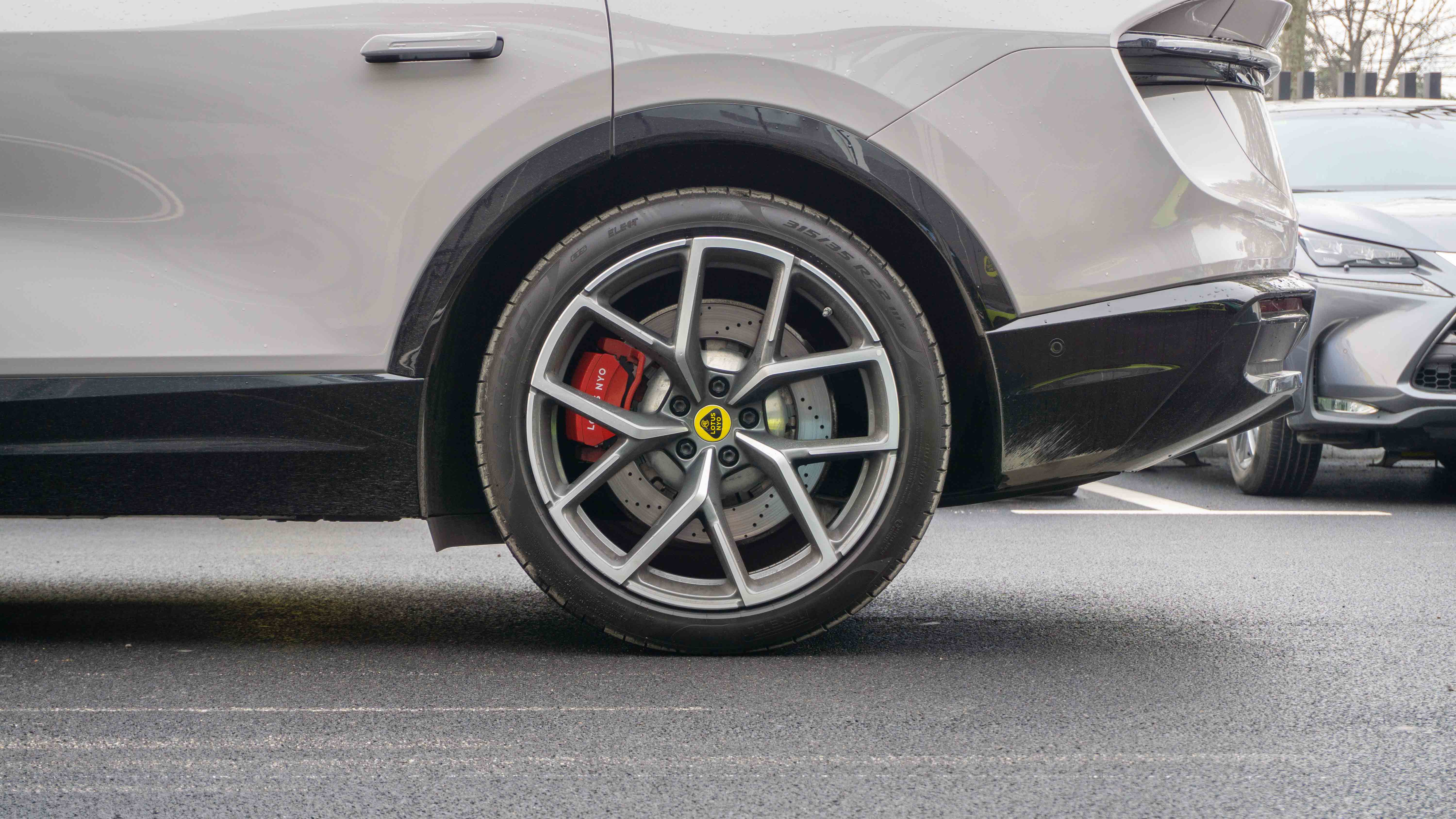
At the same time, the steering of the Lotus Eletre is also very tight. Regardless of the speed interval and steering interval, the direction of the front of the vehicle is almost directly replicated with a 1:1 ratio of your steering angle. And it can also transmit road information back from the steering wheel. So when you drive the Lotus Eletre, you can easily get started and build confidence.
Turning back to daily use, there won’t be a split personality difference between the comfort mode and the sport mode of the Lotus Eletre. It is still the Lotus with a full sport gene, but in comfort mode, it weakens the impact of bumps and optimizes the low-frequency vibration performance of the shock absorber. But the road feel that needs to be transmitted won’t be compromised.
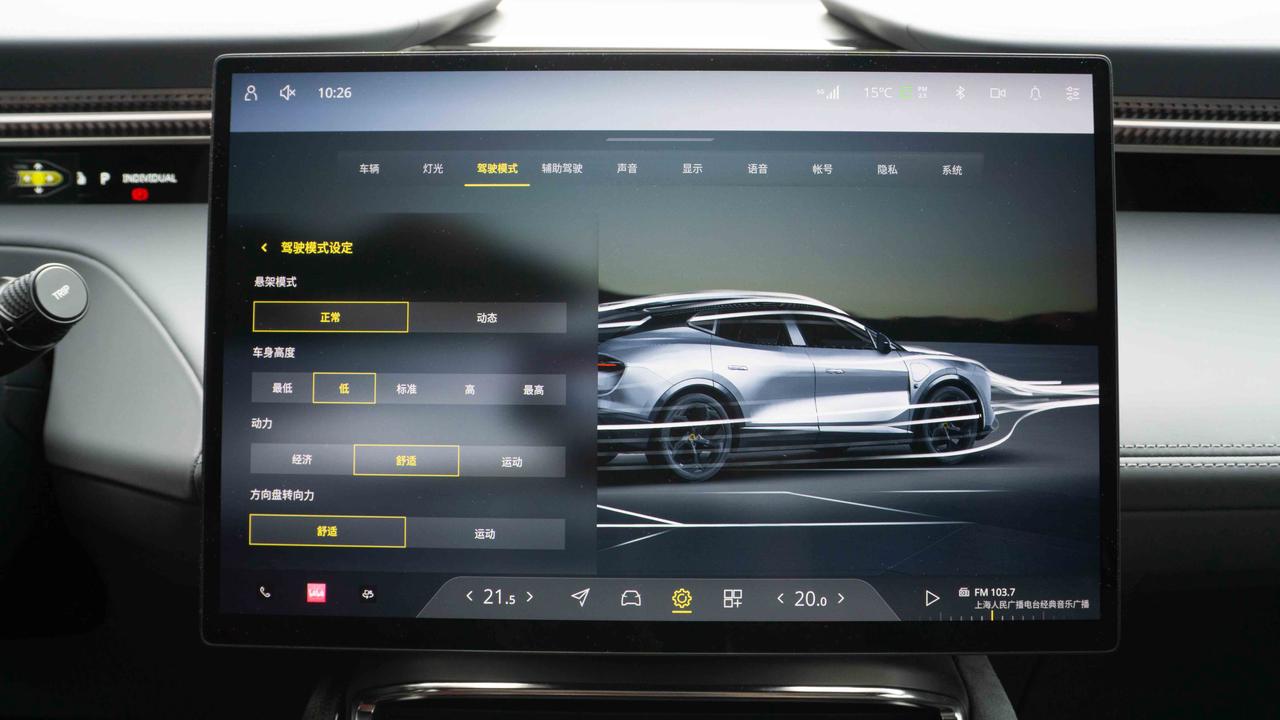
The braking foot feel of the Lotus Eletre is also very sporty, with a short pedal stroke, fast braking force build-up, and strong strength. It can create a lot of information during aggressive driving, along with good pitch control, I tend to delay the braking point intentionally or unintentionally. For friends who just get started, especially in the two stages of preparing to brake and about to stop, it is easy to produce excessively strong braking force.
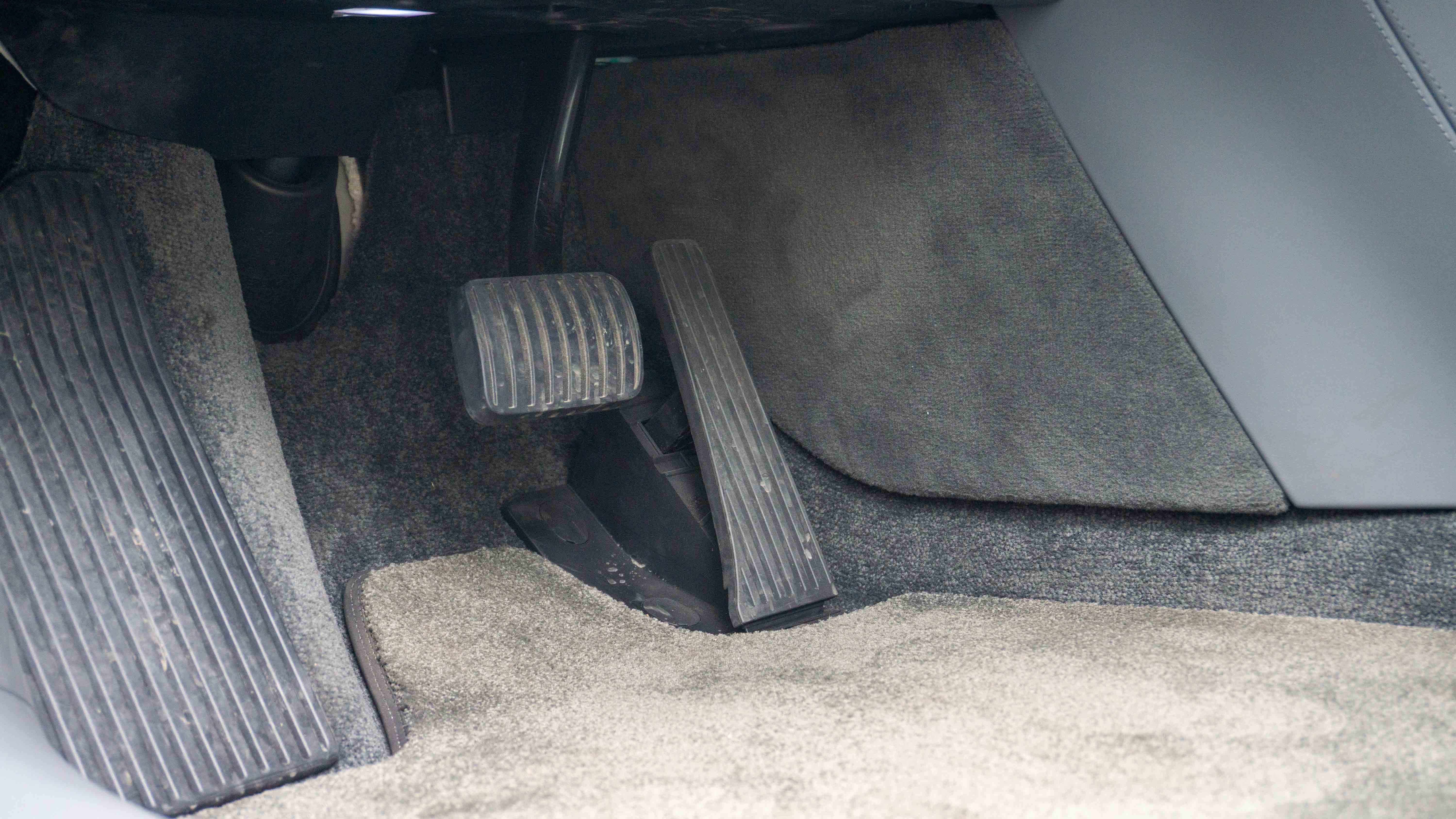
The driving distance and time are not long, and the impression that the Lotus Eletre gave me in the city is undoubtedly a race-worthy SUV. Whether it is acceleration, deceleration, chassis, or steering, there is a very tight feeling everywhere. The feedback from the car body is more like constantly creating opportunities for me to push myself. Even when I am just cruising on the street in daily life, I keep getting excited to drive fast.## Advanced Driver Assistance: Smart Transformation is Key
The Lotus Eletre we test drove this time also comes with a set of advanced driver assistance features and hardware. The number of sensors in the entire vehicle is as high as 34, including 4 LiDARs, 7 8-million-pixel cameras, 6 millimeter-wave radars, 4 2-million-pixel surround-view cameras, 12 ultrasonic sensors, and 1 in-car camera.

Lotus has always emphasized that in addition to navigation-assisted driving on highways and urban roads, they will also have “track-level” intelligent driving capabilities. This will pose great challenges for perception and decision-making when multiple vehicles are racing on the track. Later, such perception and decision-making abilities will be feedback to daily driving, realizing maximum significance.
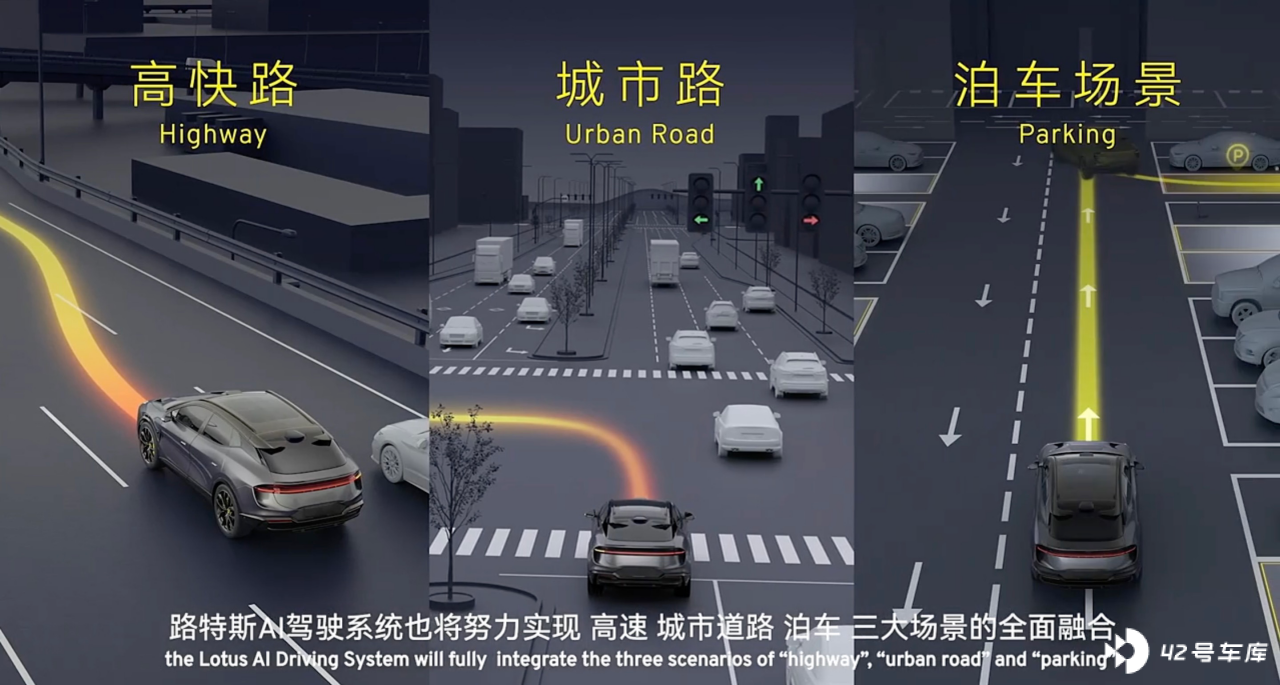
Assisted driving on high-speed, elevated roads and in cities will use high-quality data from the Geely system, combined with Lotus technology’s existing standardized actual road and simulation tests and subsequent iterative user data, to allow the subsequent Lotus models to evolve to their full potential.
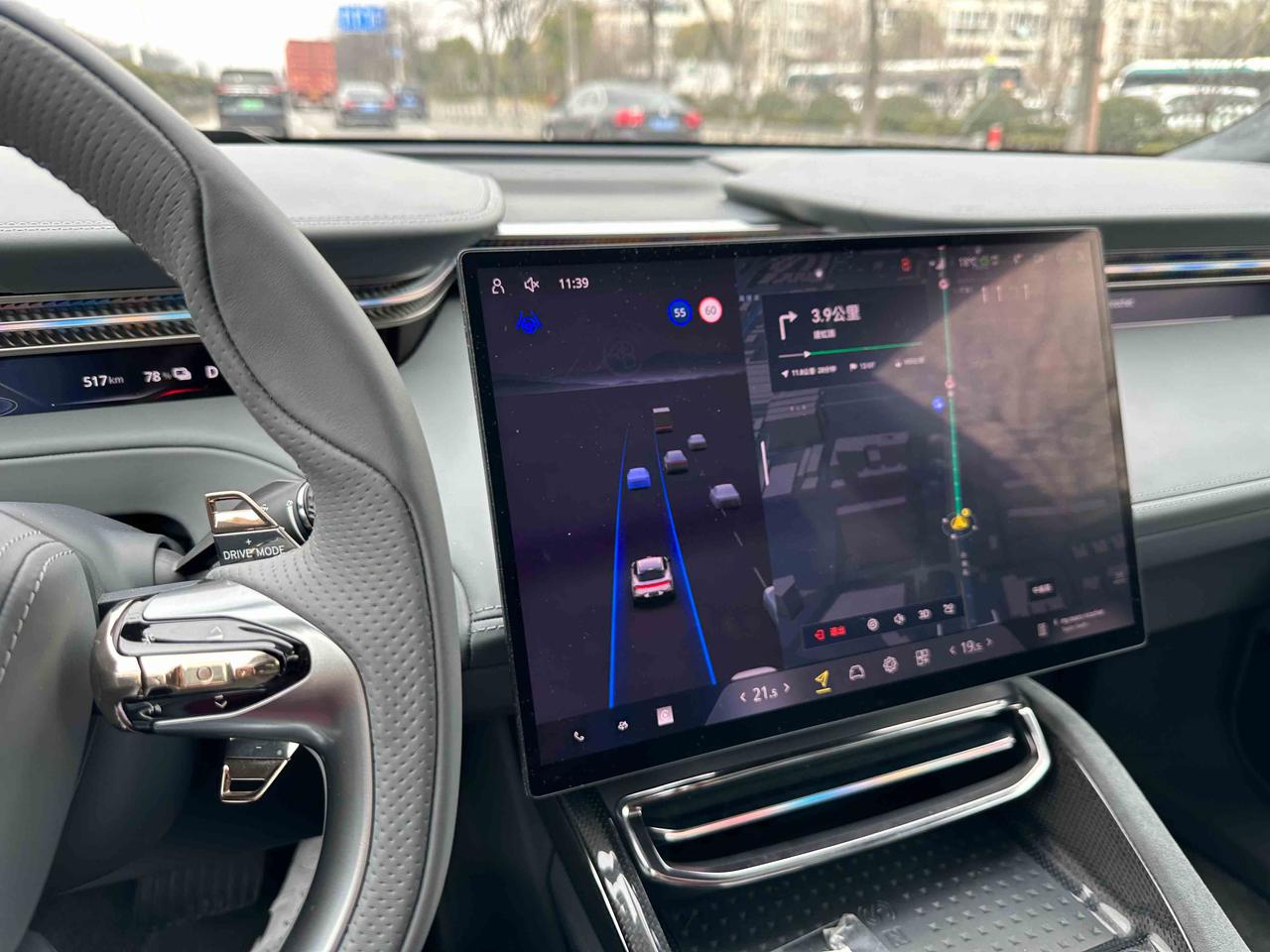
Objectively speaking, perhaps due to driving area limitations, the handling of the Lotus Eletre’s vehicle lateral and longitudinal control, acceleration and deceleration, and lane keeping in this test drive can only be said to be normal, and has not yet demonstrated the full potential of this powerful hardware.
So I am looking forward to how Lotus Eletre will train and use this powerful hardware, and what surprises there will be in the high-speed, multi-car game on the track after the navigation-assisted driving from point A to point B is achieved.
Cabin: A High-End Gaming World
Finally, let’s take a look at the cabin of the Lotus Eletre. For a supercar, the cabin may not be that important, but for a super luxury SUV like the Eletre with more practical scenarios, the cabin is also a crucial part.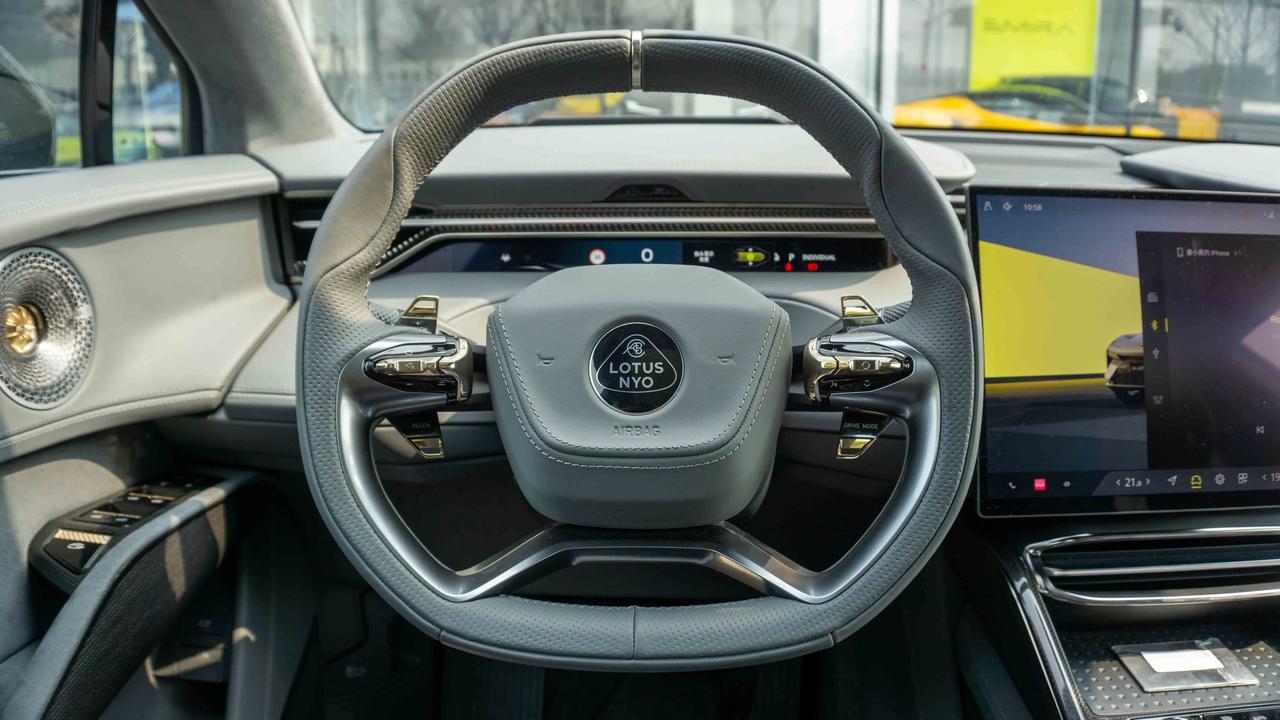
On the basis of strong performance, Lotus Eletre is by no means stingy on the intelligent hardware in the cockpit. The vehicle is equipped with five digital instruments: a 15.1-inch OLED central control screen made of OLED material, two 12.6-inch 2-YI screens for the main and co-pilot, an 8-inch flip screen for the rear seats, and a 29-inch AR-HUD.
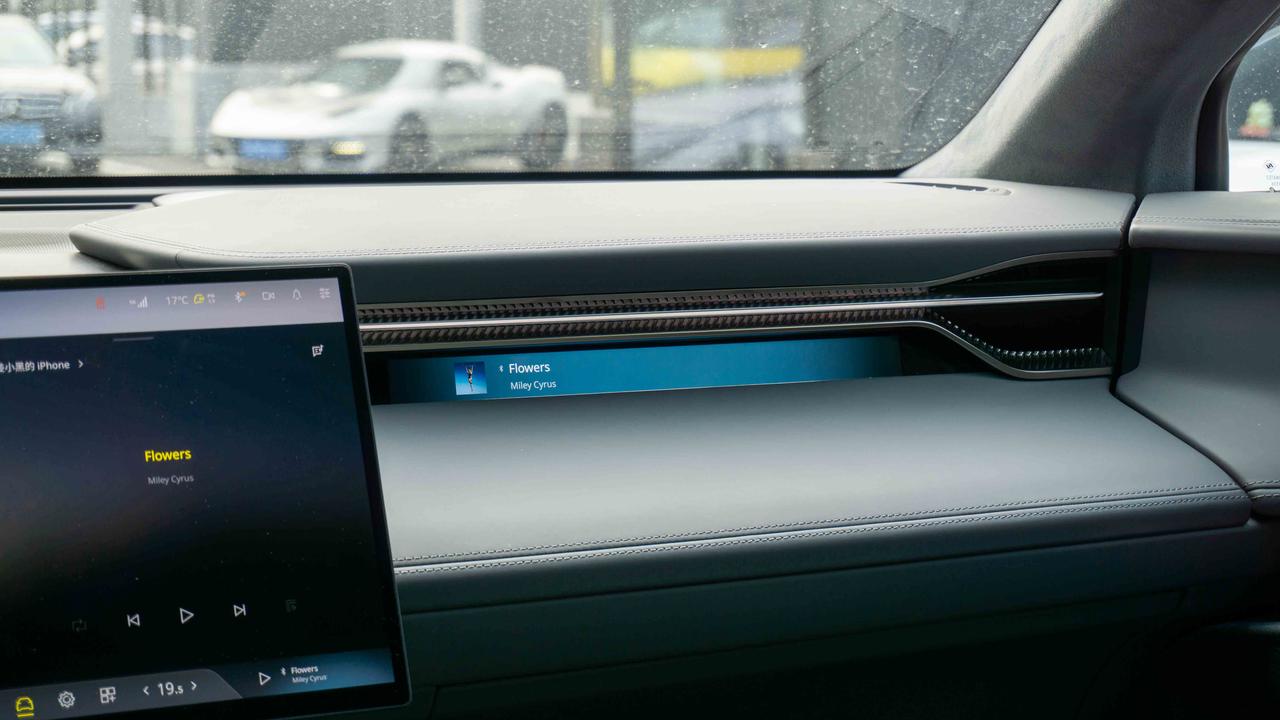
Through Lotus’ careful match, the interior of Eletre can still highlight the brand’s unique sense of luxury and technology after integrating so many screens.
Firstly, let’s look at the tactile sense of this screen. The 15.1-inch suspended OLED touch screen is extremely smooth and responsive to the touch under the drive of two 8155 chips. The most magical thing is that this screen can be placed horizontally so as not to obstruct the field of vision, which is very useful for intense racing.
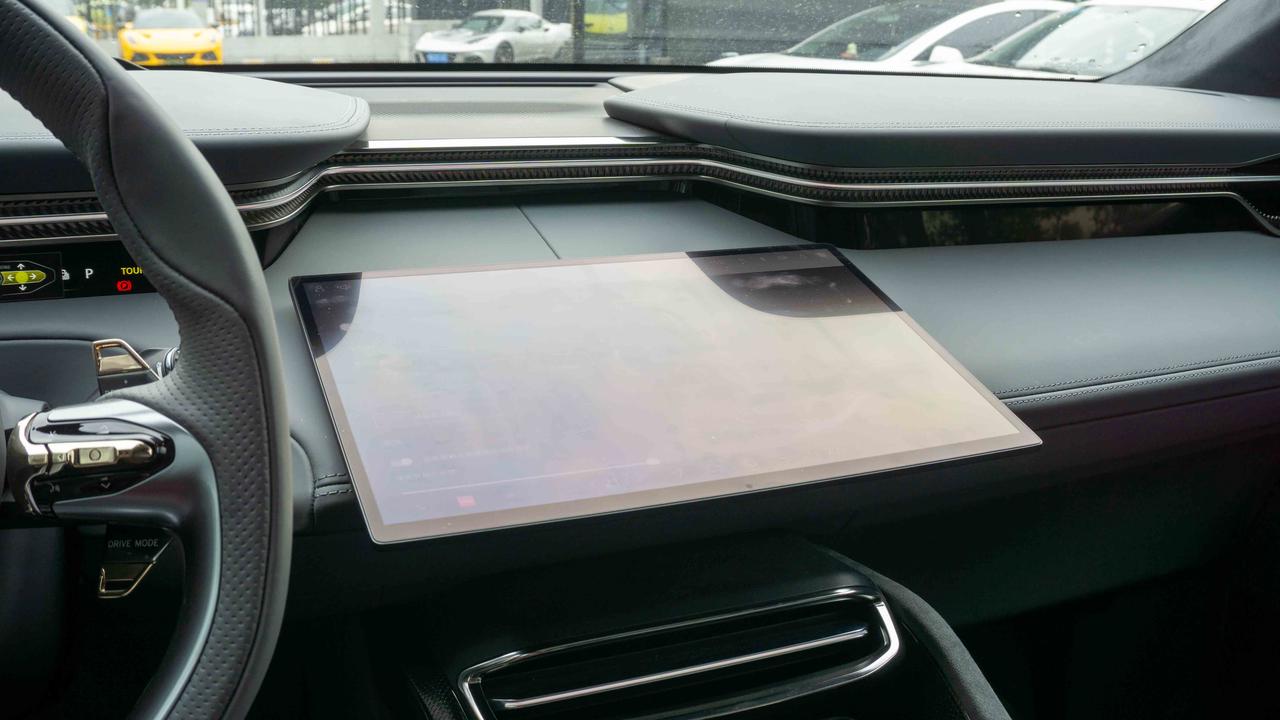
In addition to hardware, the highlight of Eletre cockpit is the world’s first HYPER OS cockpit operating system rendered by UNREAL engine in real time, which is almost identical to the game interface.

In order to create the reality of the virtual world, UNREAL engine fully employs high-face-number vehicle models, uses standardized PBR materials and HDR environmental lighting technology, creating a very cool actual sensory experience. Especially the little car on the homepage, which is very comfortable to play with, it is really no different from the game interface.
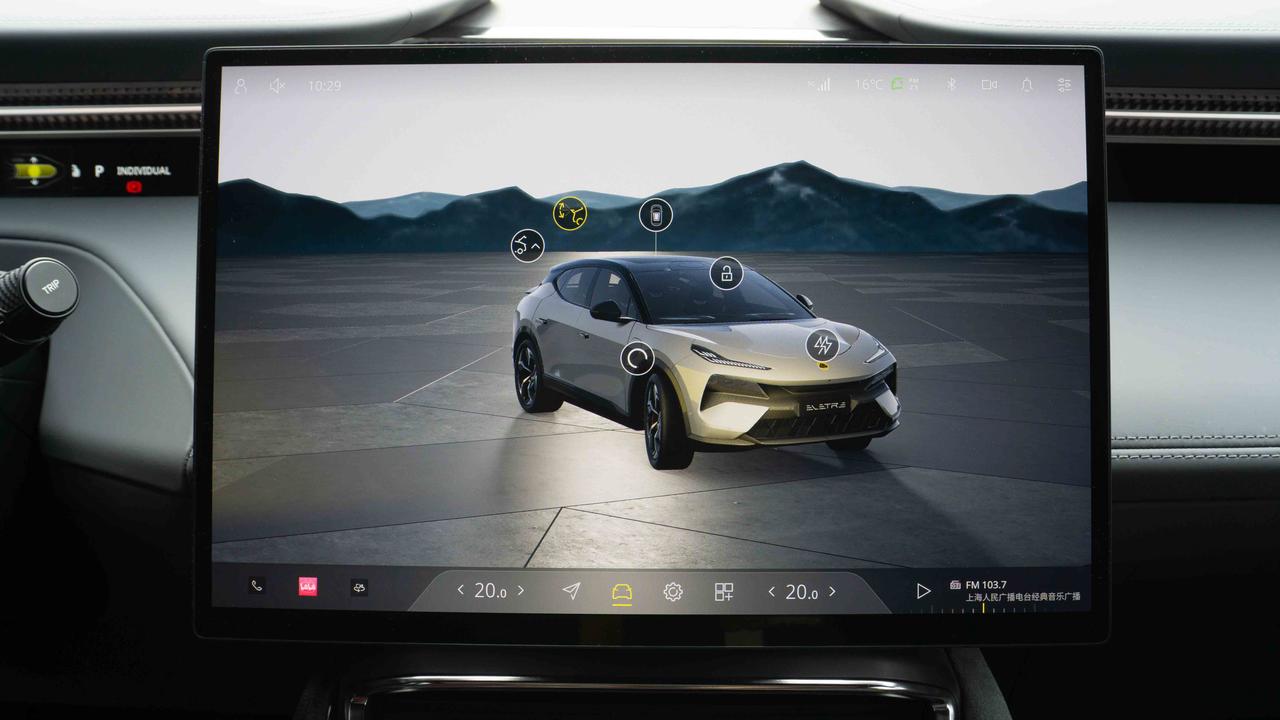
Moreover, the various design details are very well executed, from the interior and exterior design of the car to the car UI, to the AR-HUD, the visual consistency is very much in place. The AR-HUD later updates the track function, projecting the optimal path, braking, throttle, and entry/exit points of the bend, almost bringing the track simulator into reality, which is a great gospel for track novices.
Next, let’s talk about the tactile feel of the interior. Almost every surface that can be touched by hand is covered in leather, which feels very delicate. Moreover, in the selection of decorative panels, a large number of carbon fiber textures are integrated, and the placement and color matching are very natural and not exaggerated.

Lastly, in terms of auditory experience, the S+ version we test drove has a standard KEF sound system with 15 speakers and a power of 1,380W, creating a very wide soundstage with distinct separation of high, mid, and low frequencies, with no obvious focal point. For customers with more demanding audio performance, there is an optional KEF Reference sound system with 23 speakers and 2,160W of power at a premium of RMB 35,000.
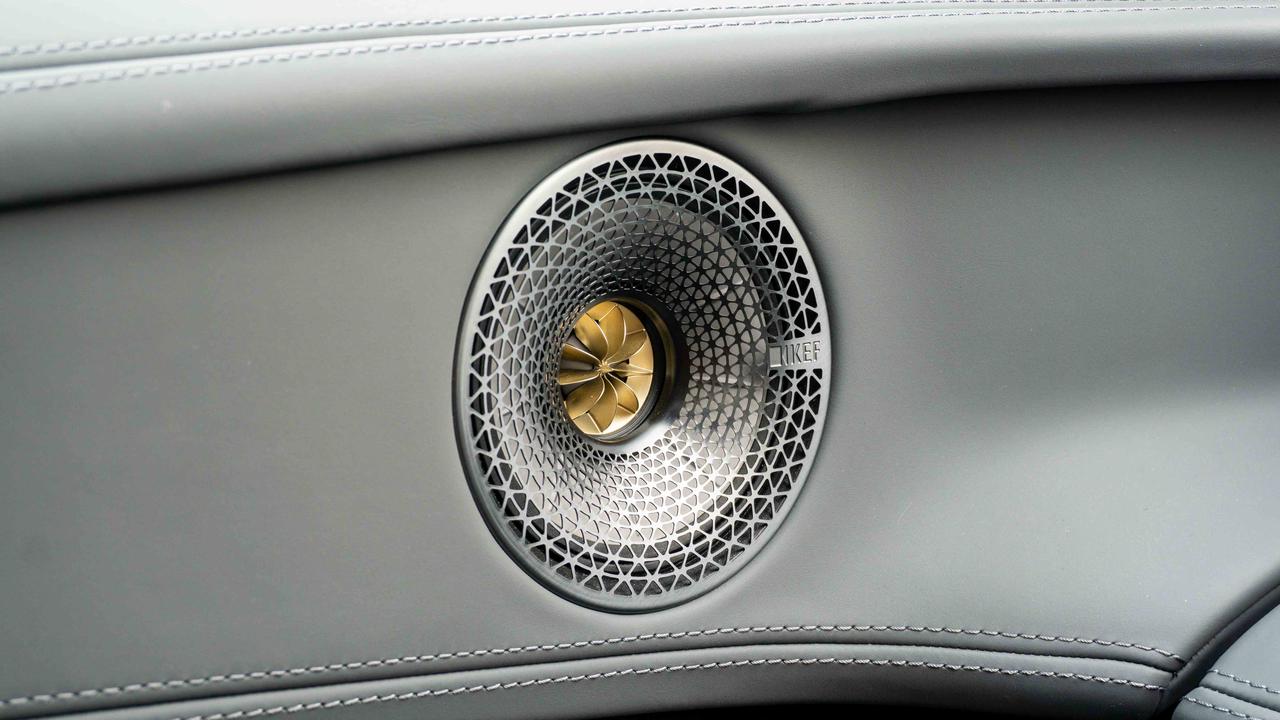
What’s interesting is that the Lotus Eletre we tested comes with the more prestigious 4-seater option. Therefore, both the front and rear seats are equipped with very luxurious sport seats. The front seats have as many as 20 adjustments, including 8-way electric seat adjustment, 4-way electric lumbar support, 2-way electric seat cushion extension adjustment, 2-way electric backrest bolster adjustment, 2-way electric sleep headrest height adjustment, and 2-way manual sleep headrest wrap adjustment.

Moreover, the adjustment range is also very wide. The front seat cushion length adjustment range is 54-58.5cm, and the height range is 26-33cm. As a global model, no matter what your body type is, you can always adjust to a very comfortable sitting posture. After the vehicle is adjusted to the sport mode, the leg wings and waist wings of the front seats will automatically tighten, providing better wrap-around support, which is both ceremonial and practical.
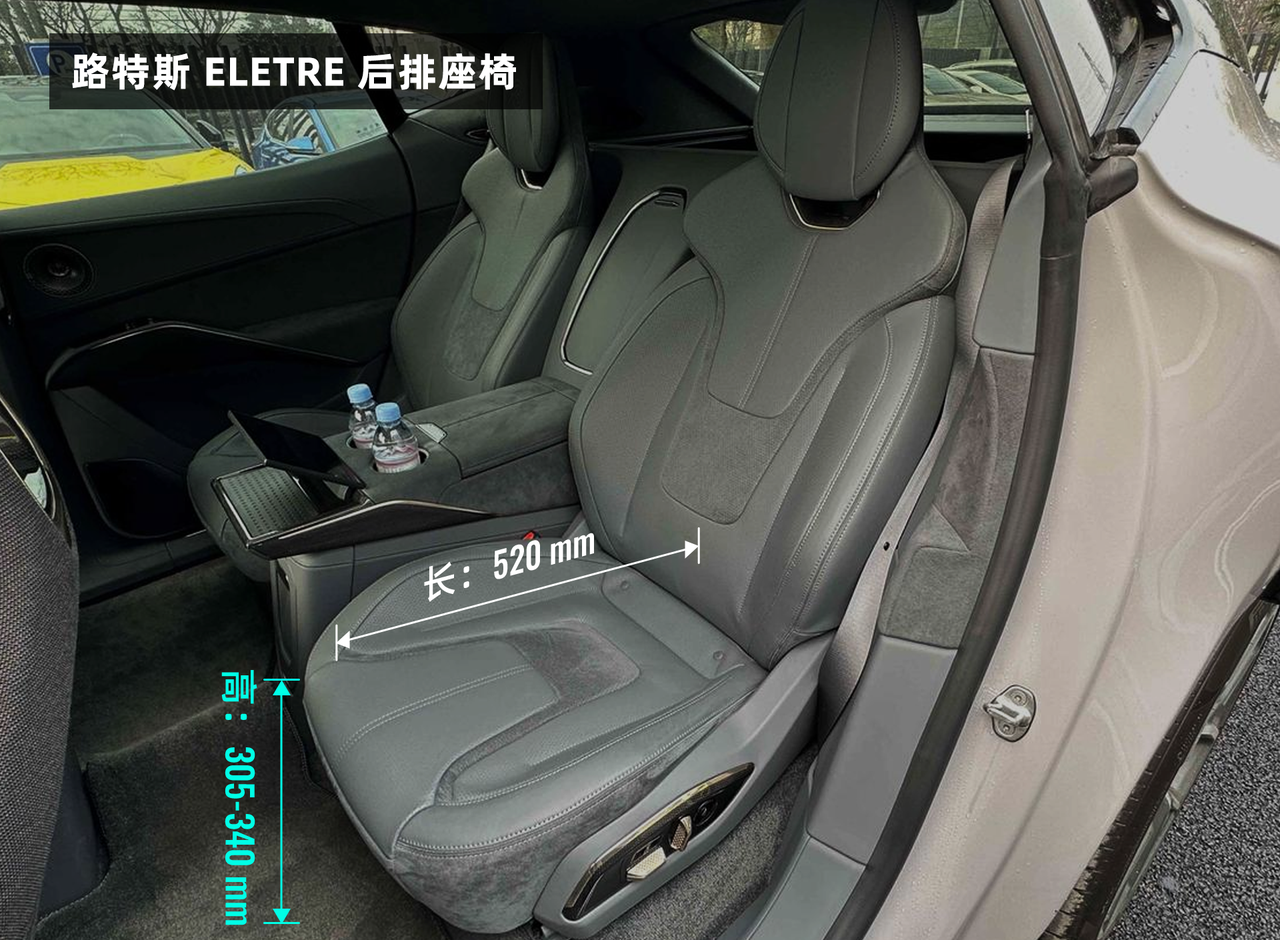 The length of the rear seat cushion is fixed at 52 cm. After adjusting the seat cushion angle, the seat height range is 30.5-34 cm. The rear seat style is almost identical to the front seat, and it can provide very good wrapping. In other words, you can take four people to the track without worrying about the rear passengers being thrown around by centrifugal force.
The length of the rear seat cushion is fixed at 52 cm. After adjusting the seat cushion angle, the seat height range is 30.5-34 cm. The rear seat style is almost identical to the front seat, and it can provide very good wrapping. In other words, you can take four people to the track without worrying about the rear passengers being thrown around by centrifugal force.
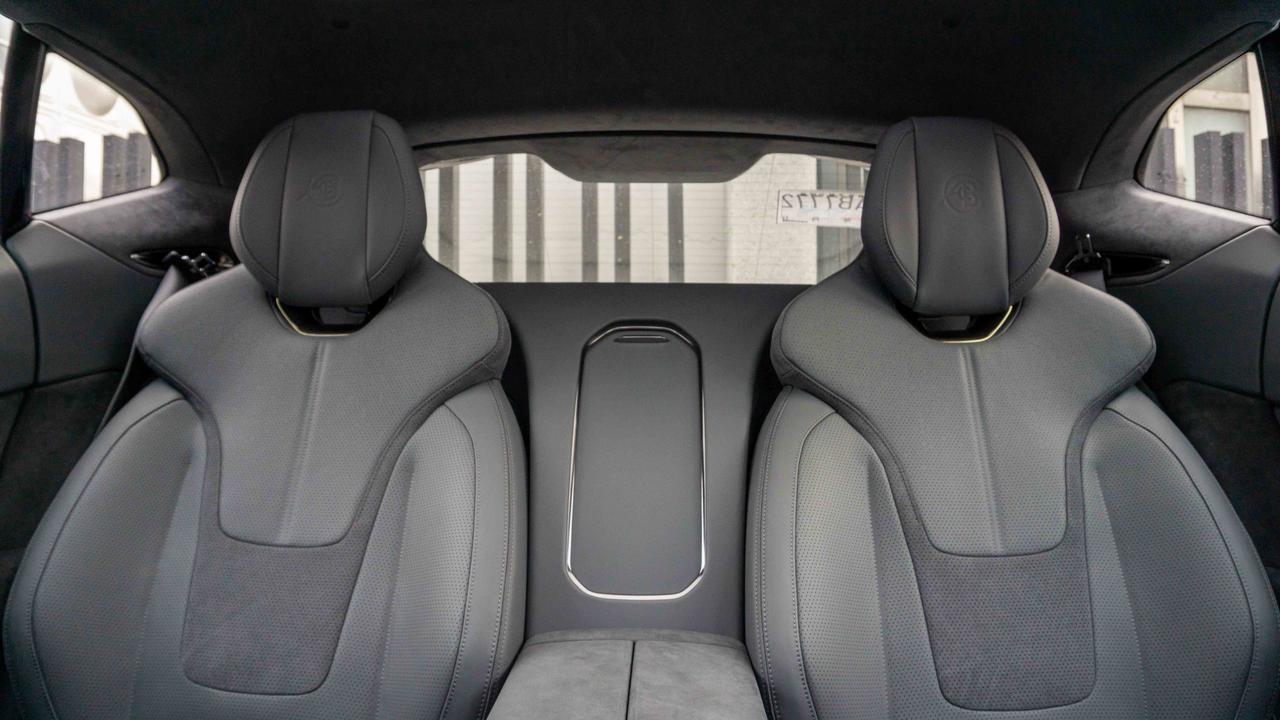
The optional price for the 4 seats is 30,000 yuan, which is not expensive compared to the selling price of 828,000 yuan, but the sense of luxury is worth more than this 30,000 yuan. There is an additional interactive screen in the rear, which is used to control seat heating and air conditioning.
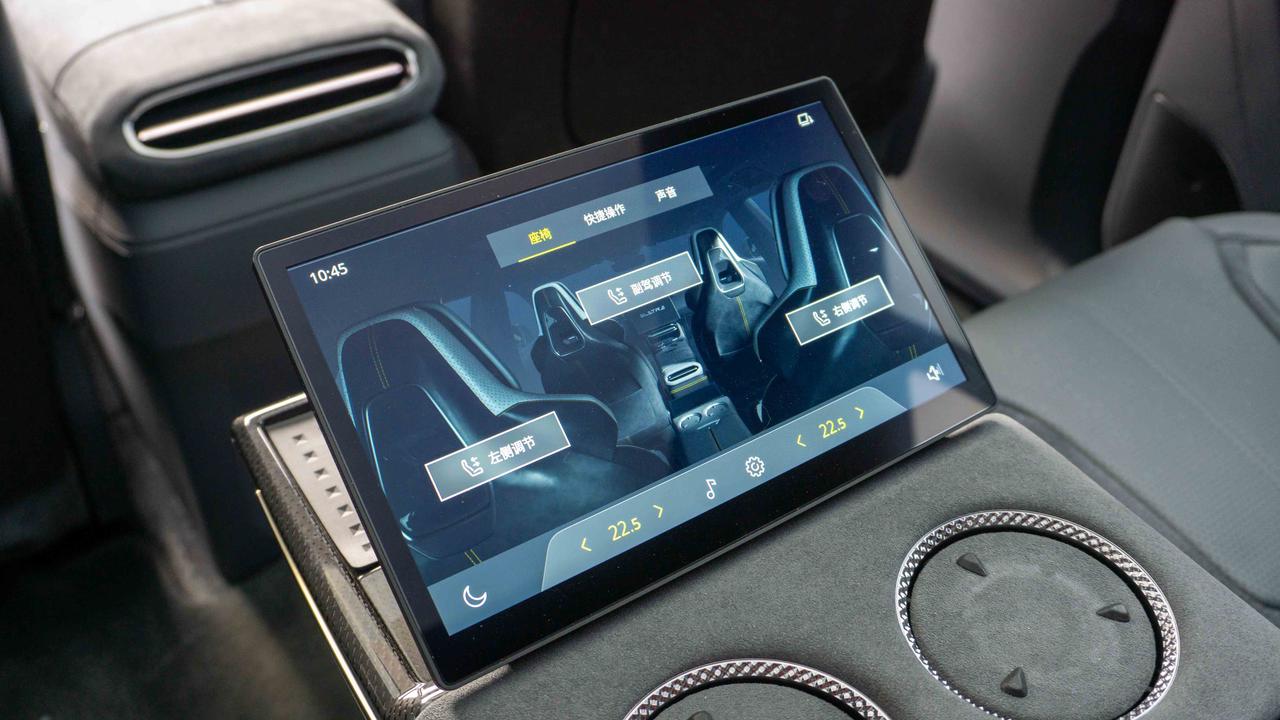
In addition, there are three storage spaces, a central armrest box, a bottom drawer, and a vertical storage space similar to placing champagne.
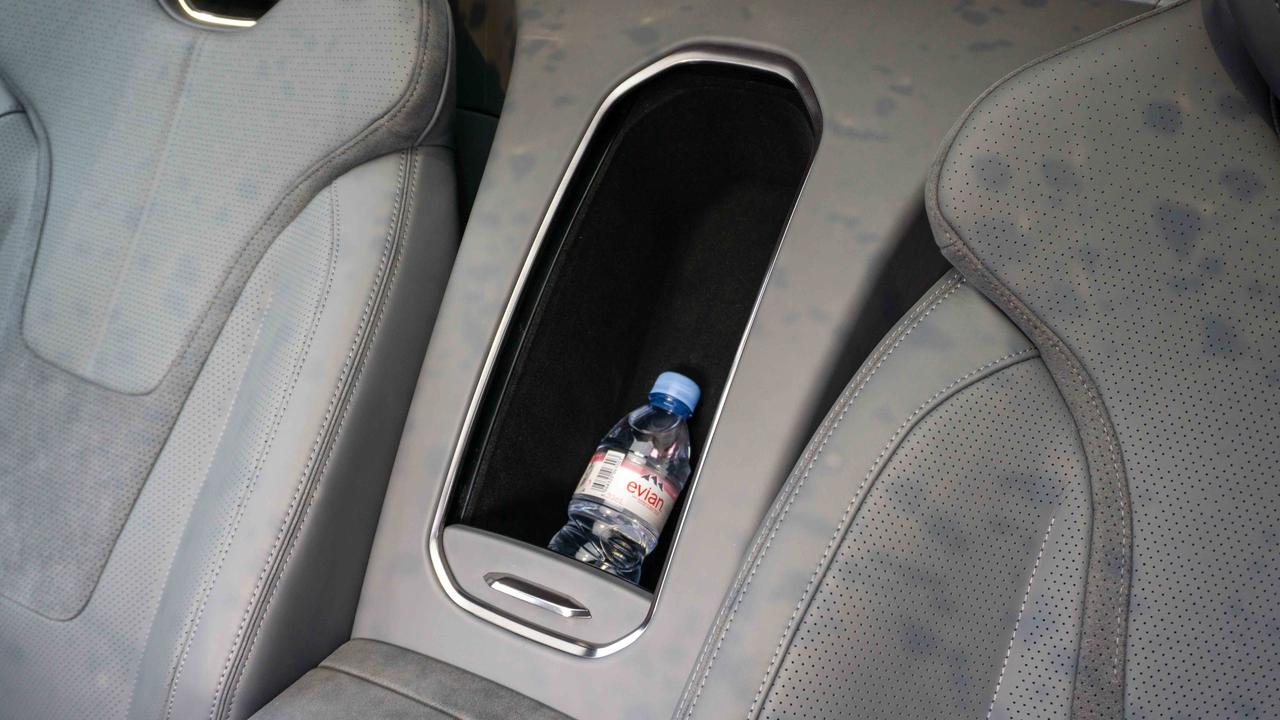
However, there are gains and losses. The relationship between the two independent seats in the 4-seat rear row makes the backrest of the rear seat unable to be folded down. Therefore, the trunk capacity is fixed at 610 L. If small partners have a demand for trunk space, the normal 5-seat model is more suitable, and the expanded volume is 1,532 L.
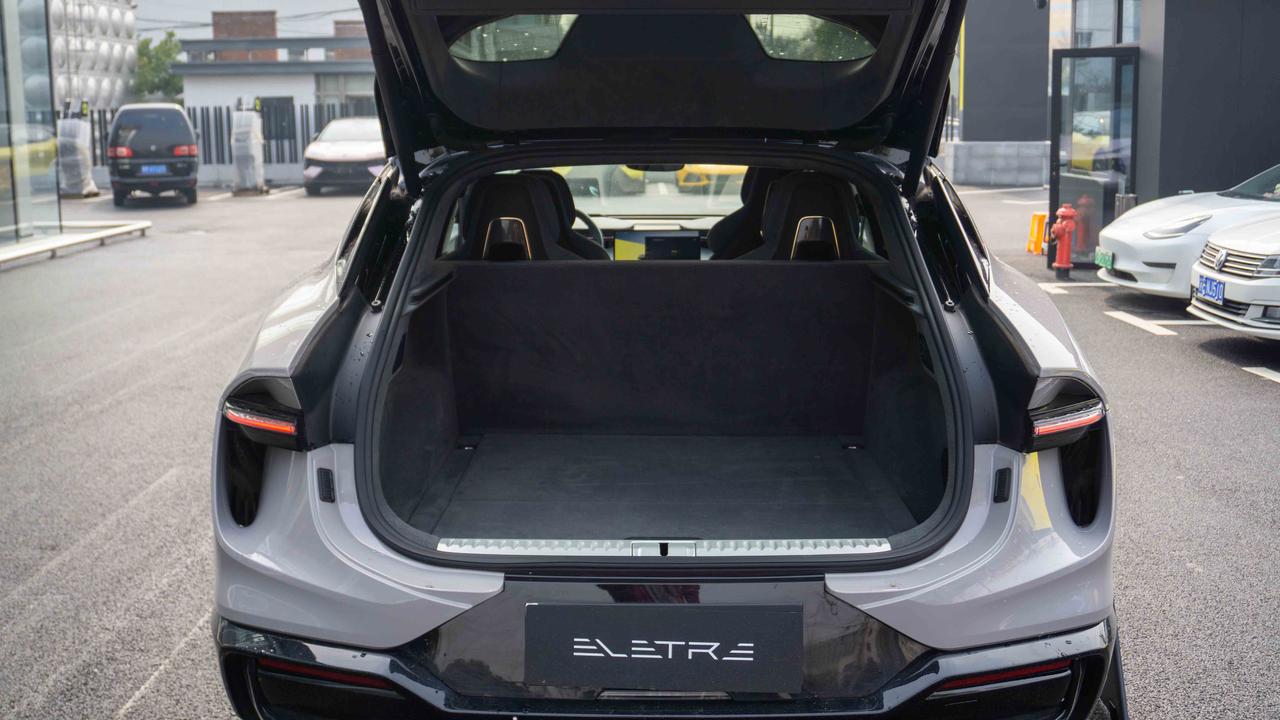
Another surprise of the Lotus Eletre cockpit is the PDLC smart panoramic sunroof on the roof. It has 10 levels of adjustment between normal penetration and white fog. Under the white fog effect, it can provide better insulation performance. According to official introductions, the heat penetration rate will be less than 18\%, and the ultraviolet insulation rate can reach 99\%. In actual experience, it can not only achieve good insulation and sun protection effects but also create a comfortable lighting environment.
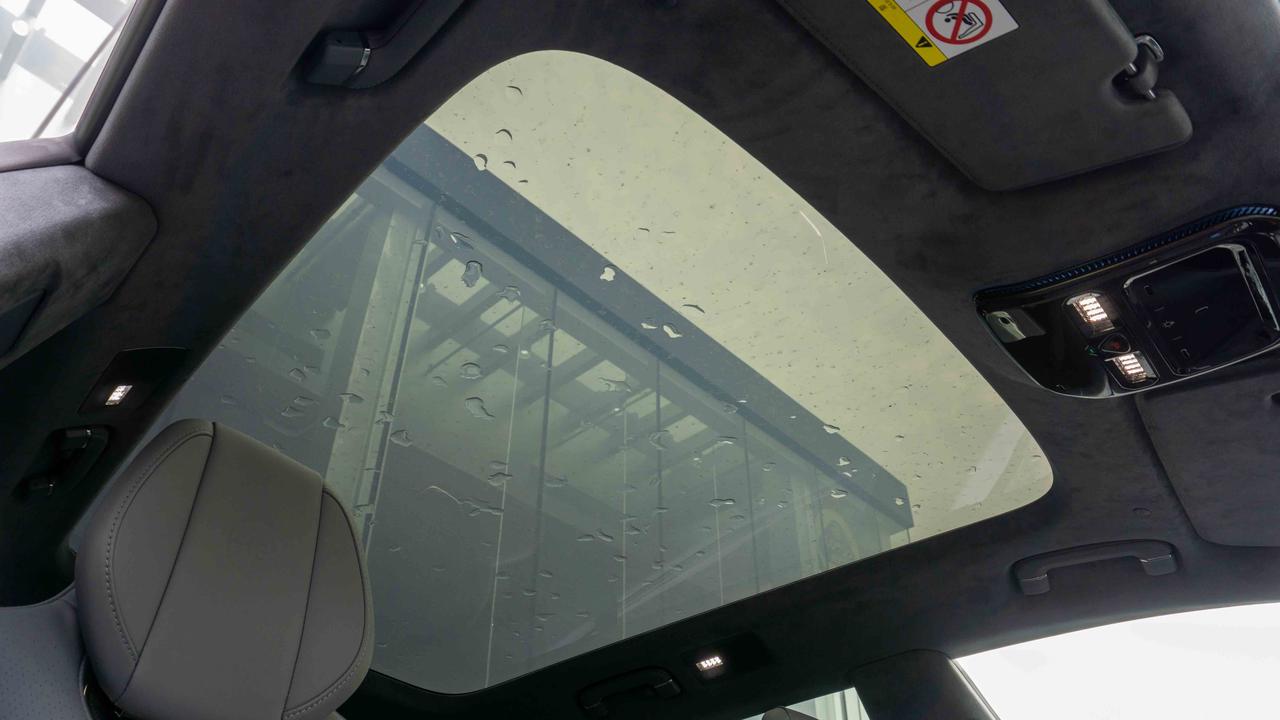
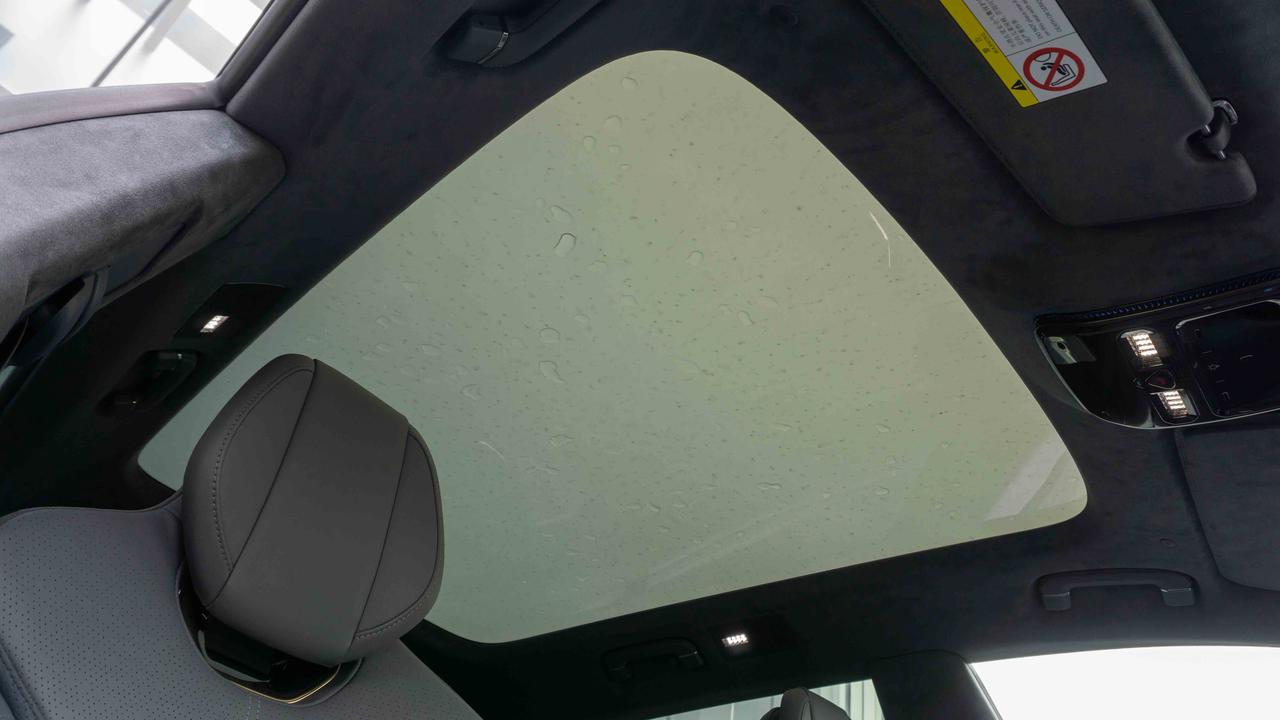
For Lotus Eletre’s cockpit, from the three major labels of “smart, luxurious, and technological,” it completely breaks away from the comparison of traditional performance SUVs in terms of performance and becomes a “high-performance technology” product. In this era, Eletre also meets my needs for a million-level performance SUV.
Final words
When domestic electric vehicles are becoming more and more similar, Lotus Eletre restored my imagination of a million-level pure electric SUV: it has the practicality of an SUV, and the space and driving can completely meet daily household use, while also inheriting Lotus’s aerodynamic and high-performance genes. Compared with Ferrari and Lamborghini, the price of this supercar SUV has been “reduced”.
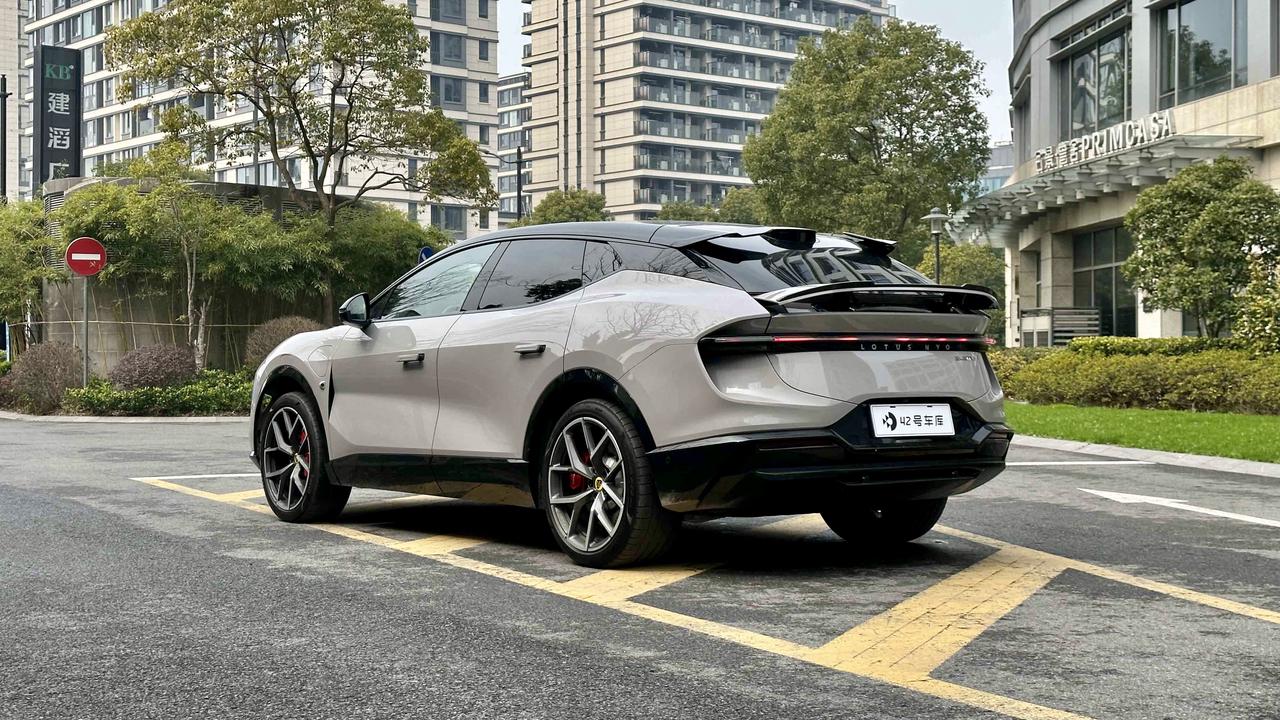
Moreover, the blessing of intelligent equipment allows this car to allow people with not much driving experience to try more gameplay. For most users, later point-to-point navigation-assisted driving and even racetracks are a great blessing.

Even if we look at this car from the perspective of a million-level racetrack SUV, Lotus’s definition of luxury and intelligence in its transformation is still a unique existence in the current market. And Lotus will launch the Type 133 pure electric intelligent four-door coupe this year; in 2025, it will launch the Type 134 D-level “pure electric intelligent new species”; and in 2026, it will launch the Type 135 pure electric sports car, which makes people look forward to Eletre even more.
This article is a translation by ChatGPT of a Chinese report from 42HOW. If you have any questions about it, please email bd@42how.com.
